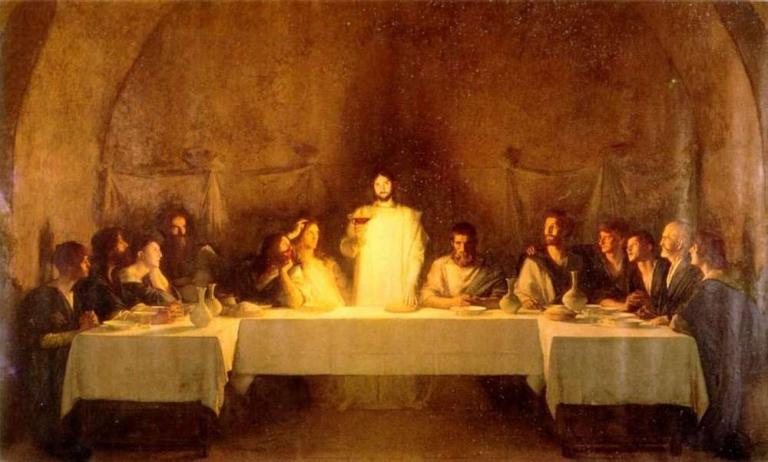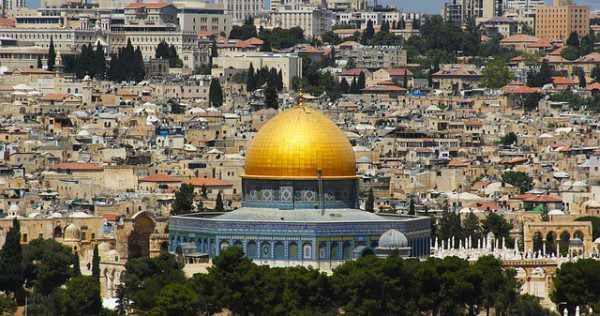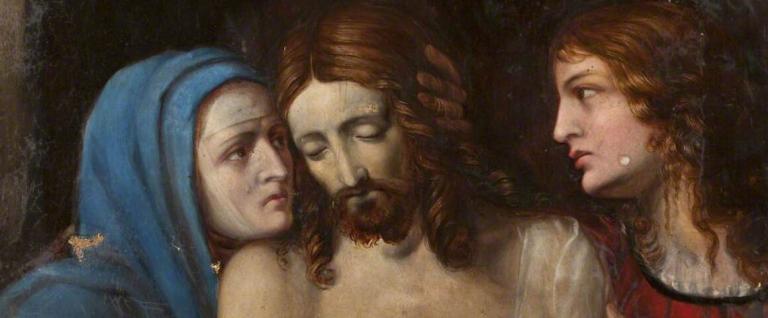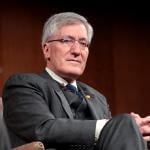Even a casual reader knows that the Middle East is boiling over, and that by the time things cool off much about the Middle East will be different.
But can anything good emerge from the hatred and mayhem now running amok? And how can we understand what is going on over there?
In the new journal Providence, Robert Nicholson has some intriguing answers to these questions.
Here are two clips:
“Contrary to popular conceptions, the Middle East is not a monolithic sea of Islam or a swarming hive of hostile Arabs. It is a mosaic of religions and denominations, languages and ethnicities, cultures and subcultures that have intermingled but remained disparate for thousands of years.”
“The best way to help persecuted Christians is to find a way to ensure their ongoing survival inside their historic homeland. And the best way to do that is to recognize not just their religious identity but their ethnic identity as well. These are not just Christians, they are Assyrian Christians descended from a pre-Islamic, Aramaic-speaking nation that has resided in Mesopotamia since well before the time of Christ. Also known as Syriacs and Chaldeans, the Assyrians see themselves as a distinct people. They have their own literature, art, and music. They have traditional dances and clothing. They have national heroes.”
Nicholson thinks it is politically possible to carve out a place for these Assyrian Christians to live in the Middle East, just as many are talking of the same for the Kurds. Read here for more.










